-
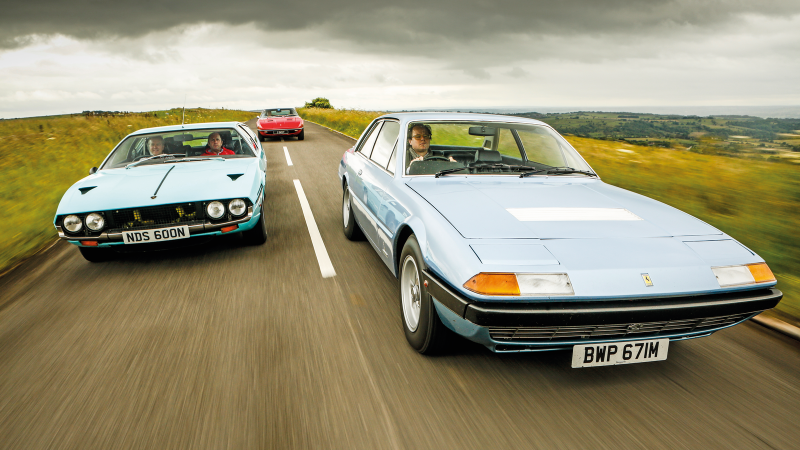 © Tony Baker/Classic & Sports Car
© Tony Baker/Classic & Sports Car -
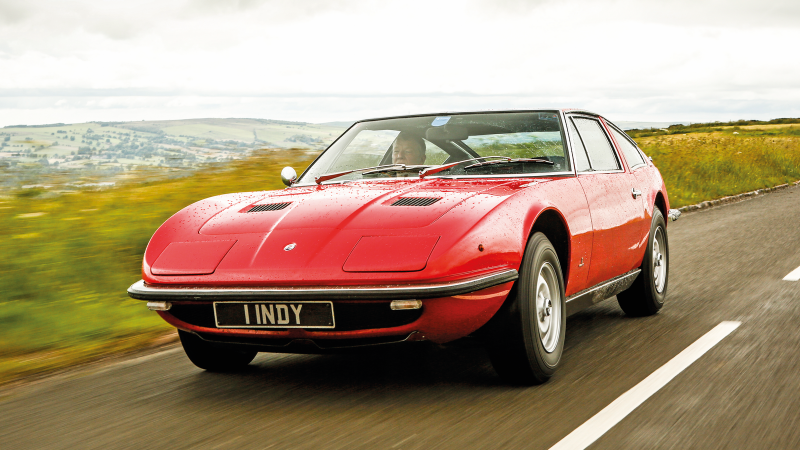 © Tony Baker/Classic & Sports Car
© Tony Baker/Classic & Sports Car -
 © Tony Baker/Classic & Sports Car
© Tony Baker/Classic & Sports Car -
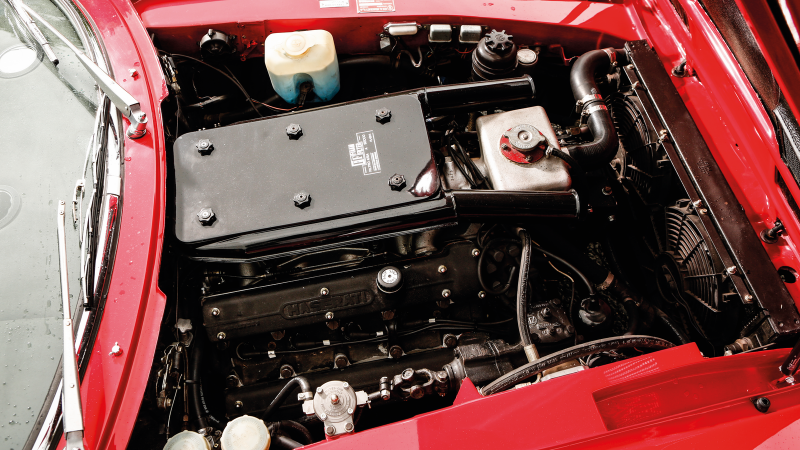 © Tony Baker/Classic & Sports Car
© Tony Baker/Classic & Sports Car -
 © Tony Baker/Classic & Sports Car
© Tony Baker/Classic & Sports Car -
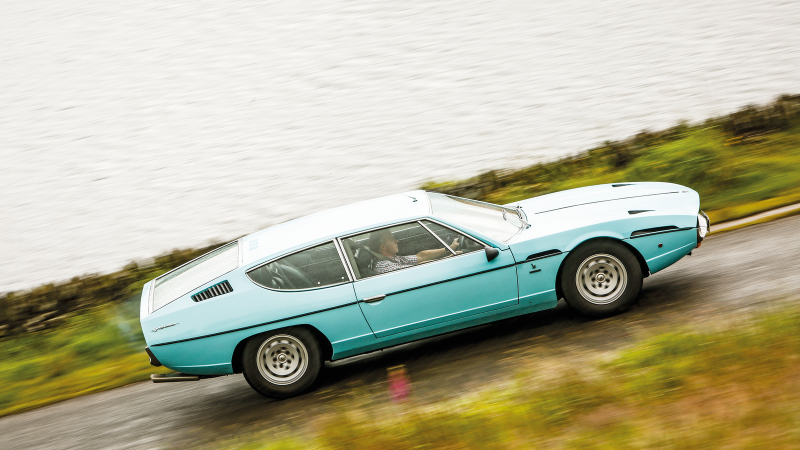 © Tony Baker/Classic & Sports Car
© Tony Baker/Classic & Sports Car -
 © Tony Baker/Classic & Sports Car
© Tony Baker/Classic & Sports Car -
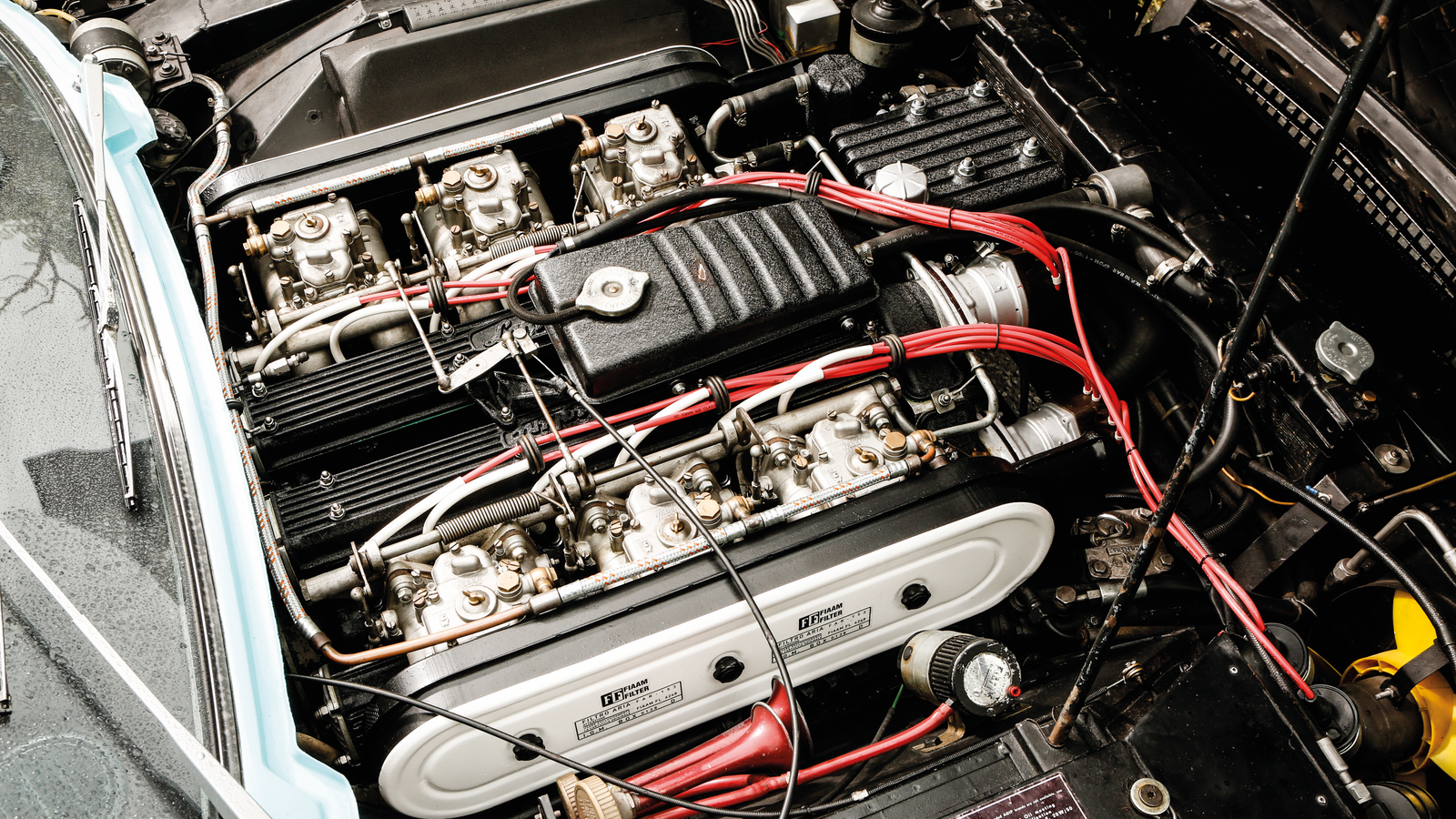 © Tony Baker/Classic & Sports Car
© Tony Baker/Classic & Sports Car -
 © Tony Baker/Classic & Sports Car
© Tony Baker/Classic & Sports Car -
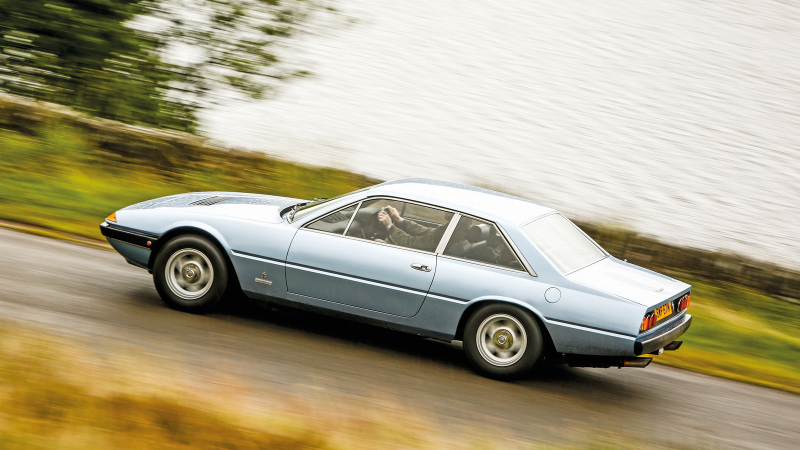 © Tony Baker/Classic & Sports Car
© Tony Baker/Classic & Sports Car -
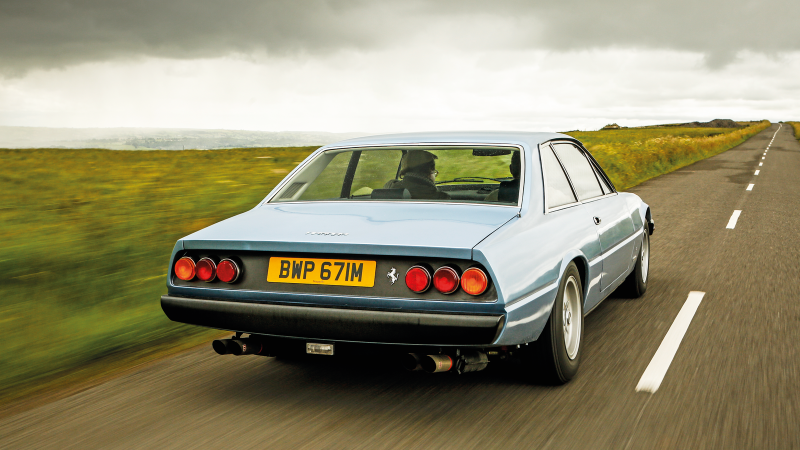 © Tony Baker/Classic & Sports Car
© Tony Baker/Classic & Sports Car -
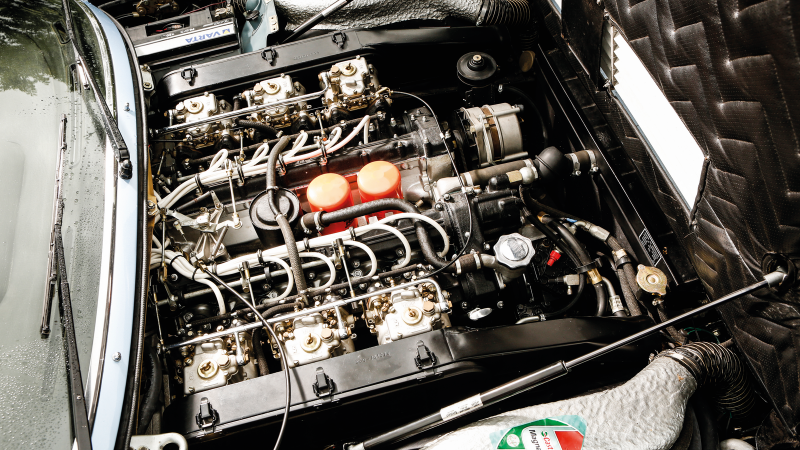 © Tony Baker/Classic & Sports Car
© Tony Baker/Classic & Sports Car -
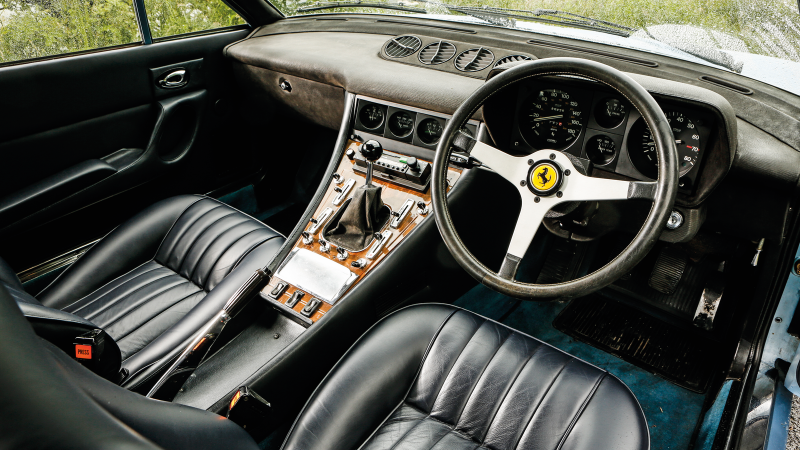 © Tony Baker/Classic & Sports Car
© Tony Baker/Classic & Sports Car -
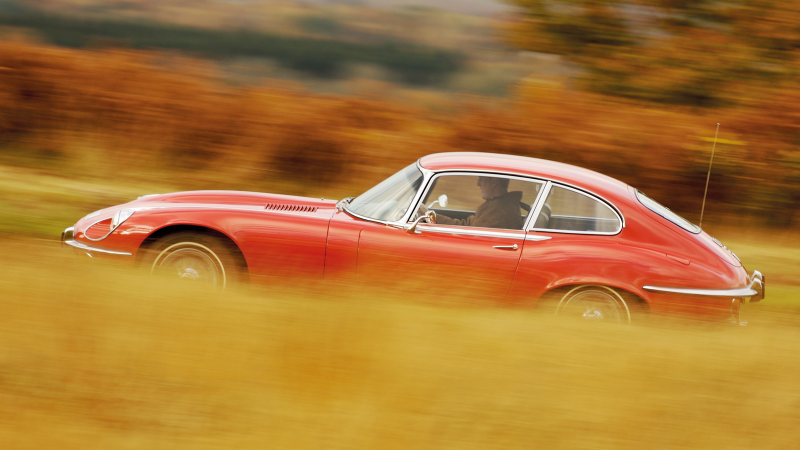 © Malcolm Griffiths/Classic & Sports Car
© Malcolm Griffiths/Classic & Sports Car -
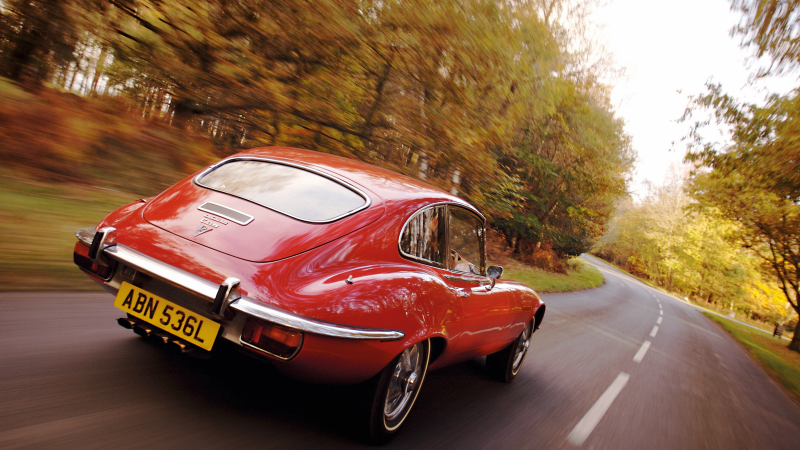 © Malcolm Griffiths/Classic & Sports Car
© Malcolm Griffiths/Classic & Sports Car -
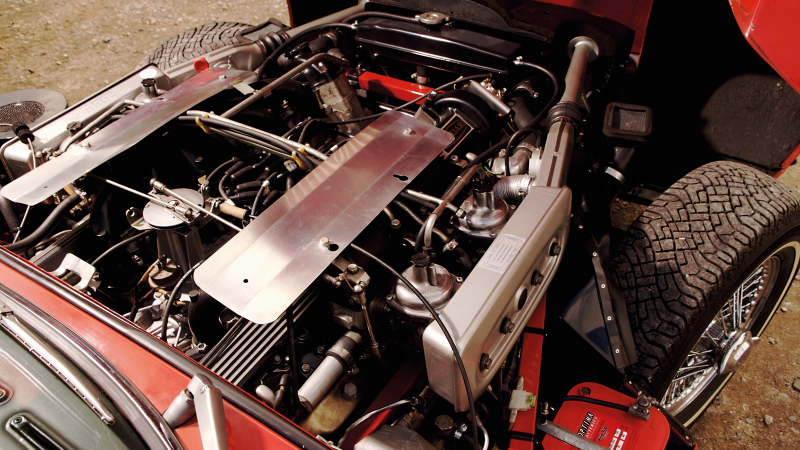 © Malcolm Griffiths/Classic & Sports Car
© Malcolm Griffiths/Classic & Sports Car -
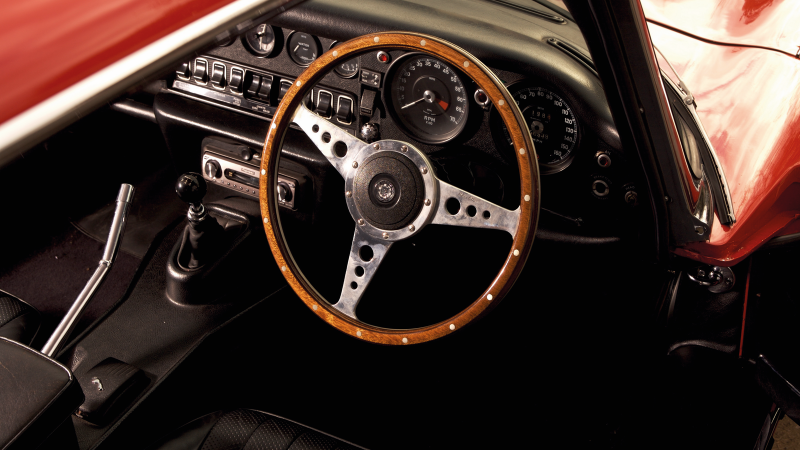 © Malcolm Griffiths/Classic & Sports Car
© Malcolm Griffiths/Classic & Sports Car -
 © Tony Baker/Classic & Sports Car
© Tony Baker/Classic & Sports Car -
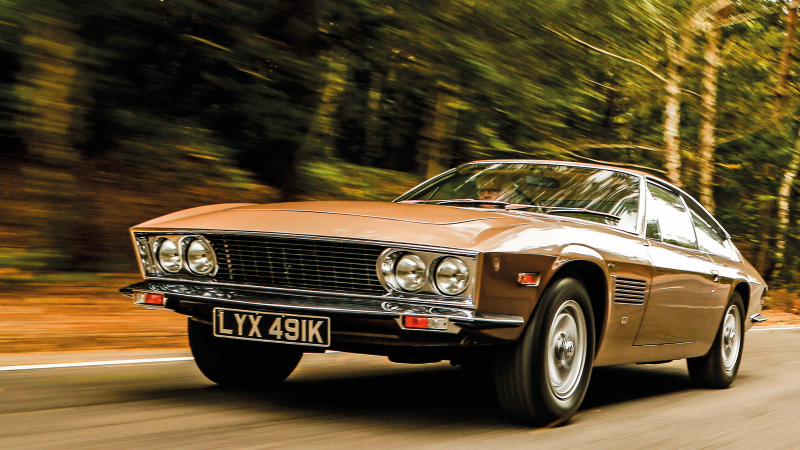 © Tony Baker/Classic & Sports Car
© Tony Baker/Classic & Sports Car -
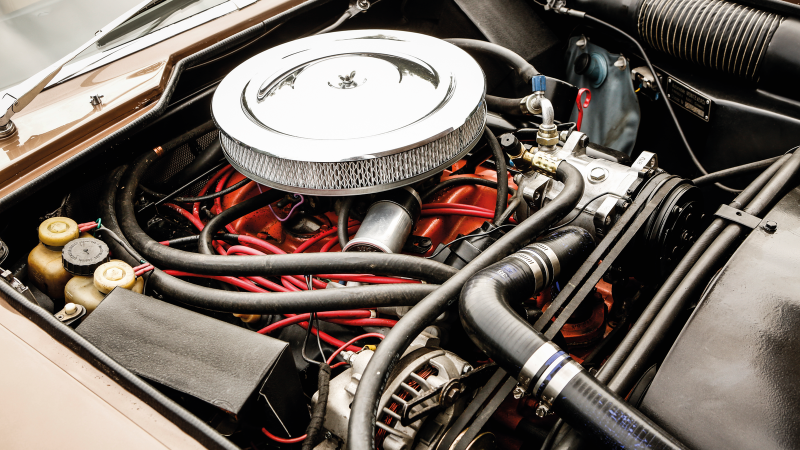 © Tony Baker/Classic & Sports Car
© Tony Baker/Classic & Sports Car -
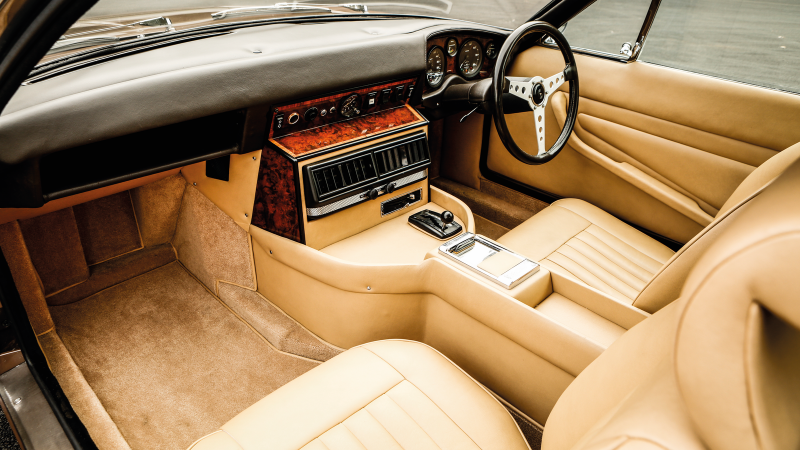 © Tony Baker/Classic & Sports Car
© Tony Baker/Classic & Sports Car -
 © Tony Baker/Classic & Sports Car
© Tony Baker/Classic & Sports Car -
 © Tony Baker/Classic & Sports Car
© Tony Baker/Classic & Sports Car -
 © Tony Baker/Classic & Sports Car
© Tony Baker/Classic & Sports Car -
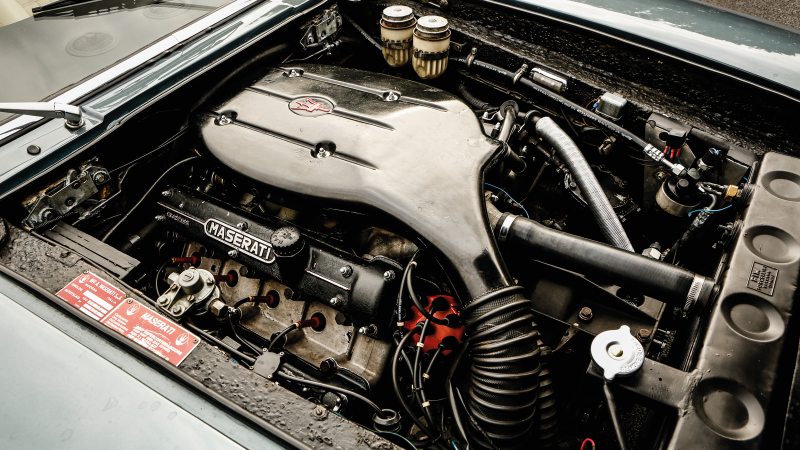 © Tony Baker/Classic & Sports Car
© Tony Baker/Classic & Sports Car -
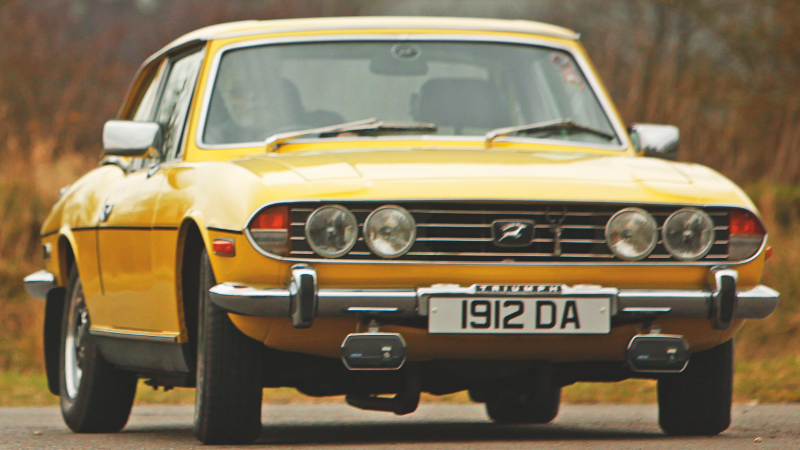 © Tony Baker/Classic & Sports Car
© Tony Baker/Classic & Sports Car -
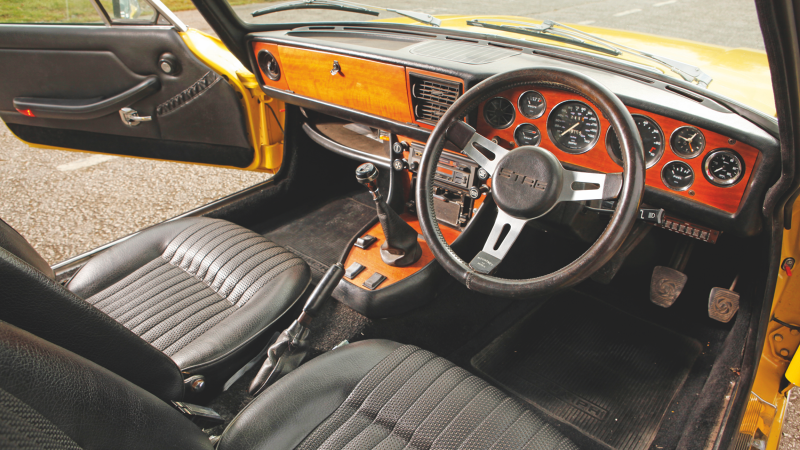 © Tony Baker/Classic & Sports Car
© Tony Baker/Classic & Sports Car -
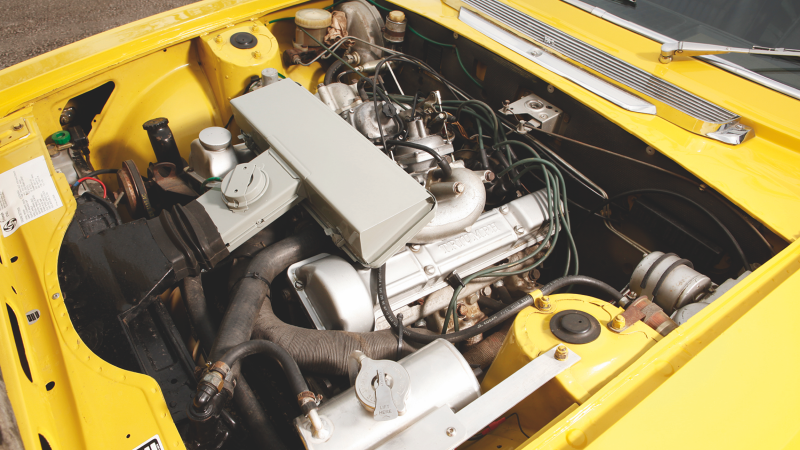 © Tony Baker/Classic & Sports Car
© Tony Baker/Classic & Sports Car -
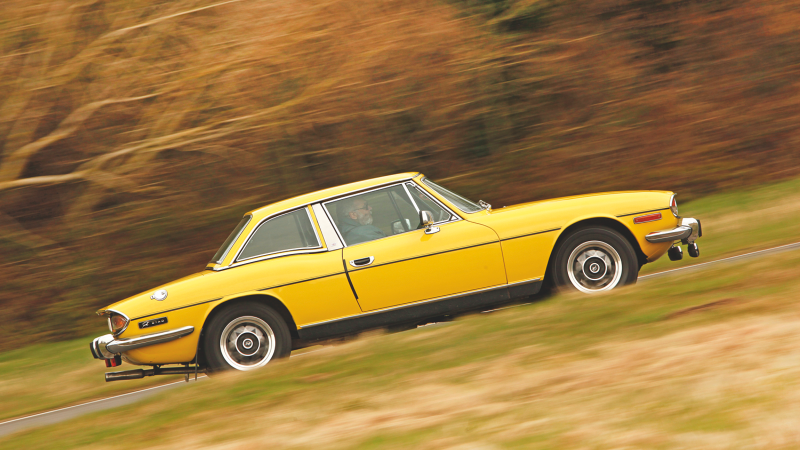 © Tony Baker/Classic & Sports Car
© Tony Baker/Classic & Sports Car -
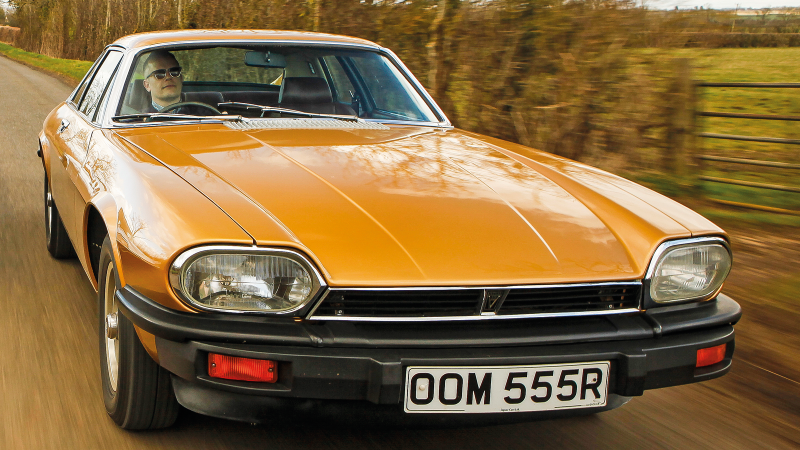 © Tony Baker/Classic & Sports Car
© Tony Baker/Classic & Sports Car -
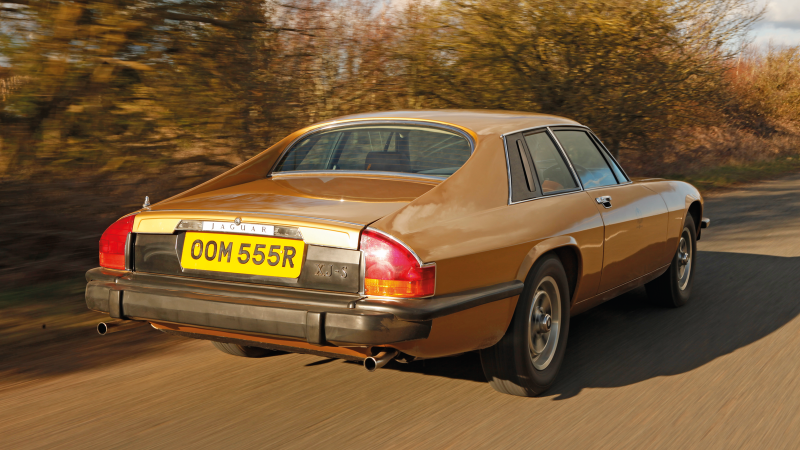 © Tony Baker/Classic & Sports Car
© Tony Baker/Classic & Sports Car -
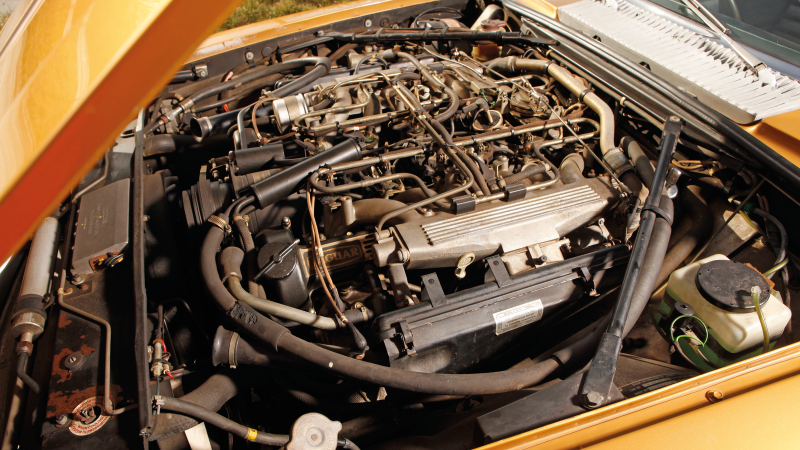 © Tony Baker/Classic & Sports Car
© Tony Baker/Classic & Sports Car -
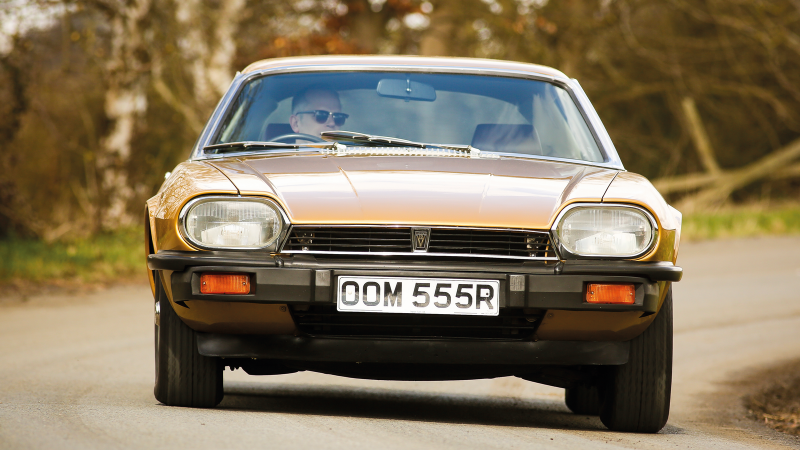 © Tony Baker/Classic & Sports Car
© Tony Baker/Classic & Sports Car -
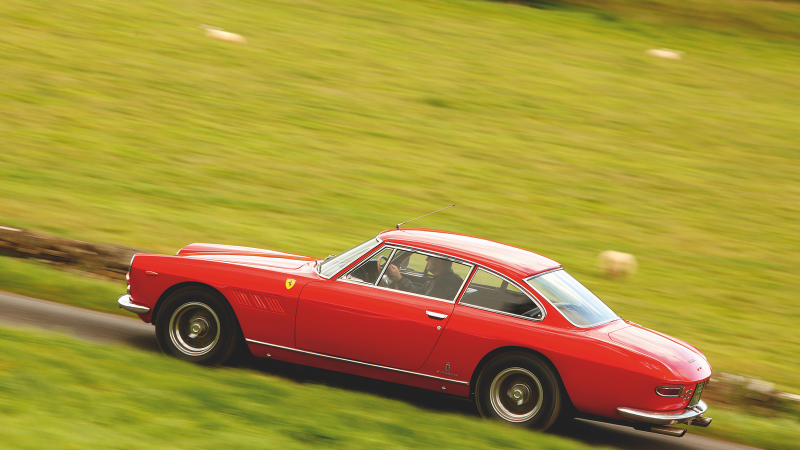 © Tony Baker/Classic & Sports Car
© Tony Baker/Classic & Sports Car -
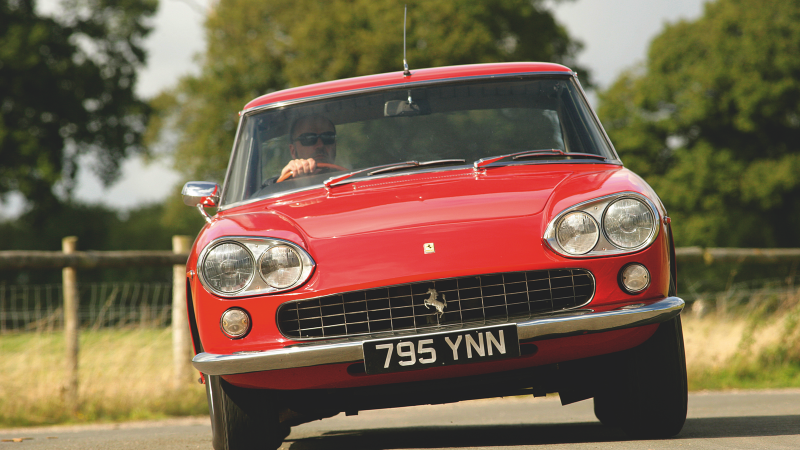 © Tony Baker/Classic & Sports Car
© Tony Baker/Classic & Sports Car -
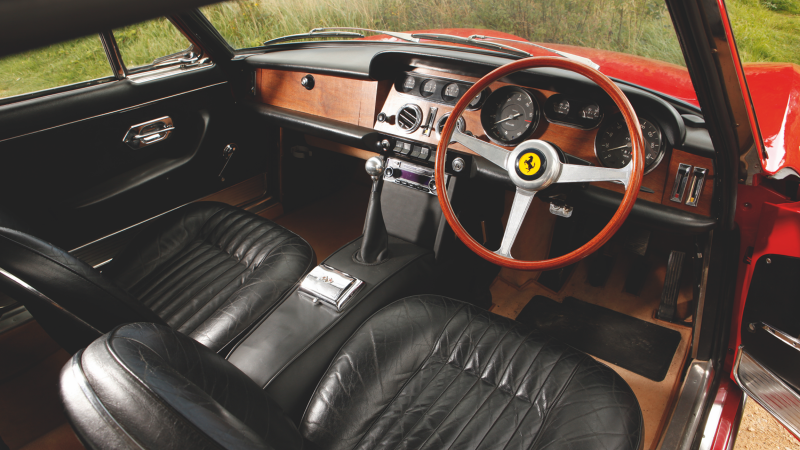 © Tony Baker/Classic & Sports Car
© Tony Baker/Classic & Sports Car -
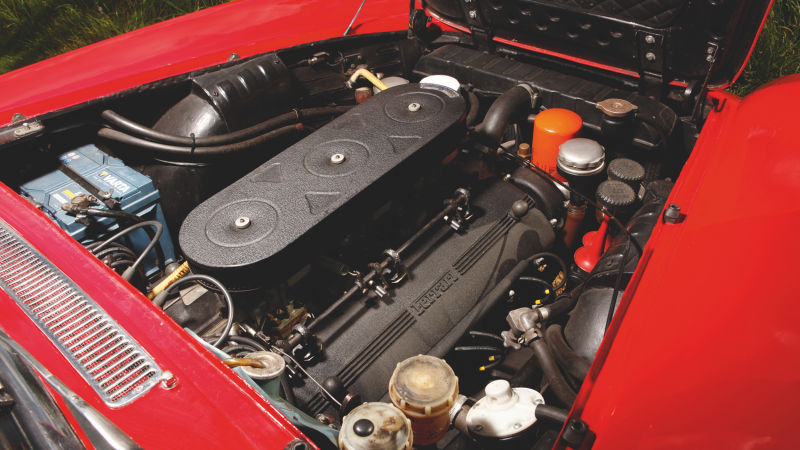 © Tony Baker/Classic & Sports Car
© Tony Baker/Classic & Sports Car -
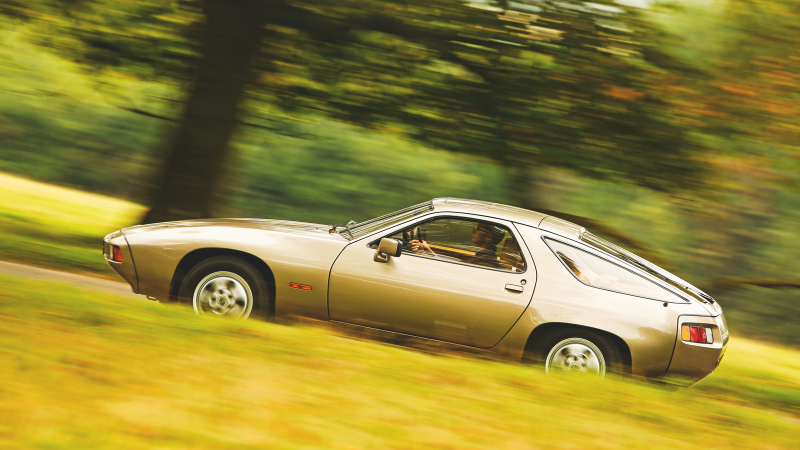 © Tony Baker/Classic & Sports Car
© Tony Baker/Classic & Sports Car -
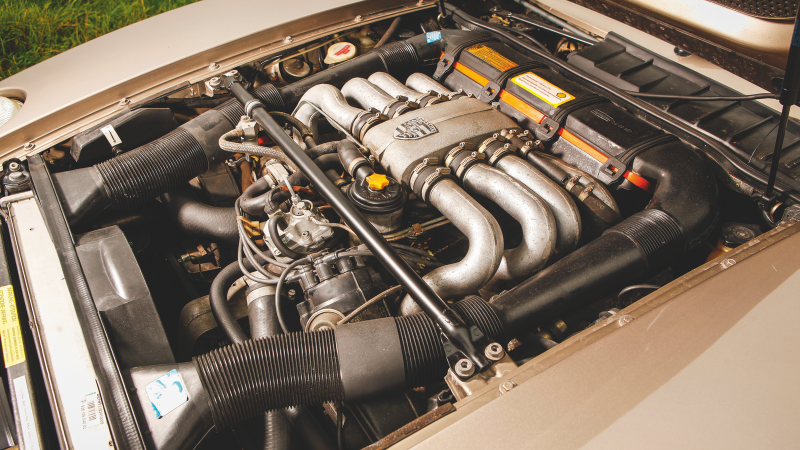 © Tony Baker/Classic & Sports Car
© Tony Baker/Classic & Sports Car -
 © Tony Baker/Classic & Sports Car
© Tony Baker/Classic & Sports Car -
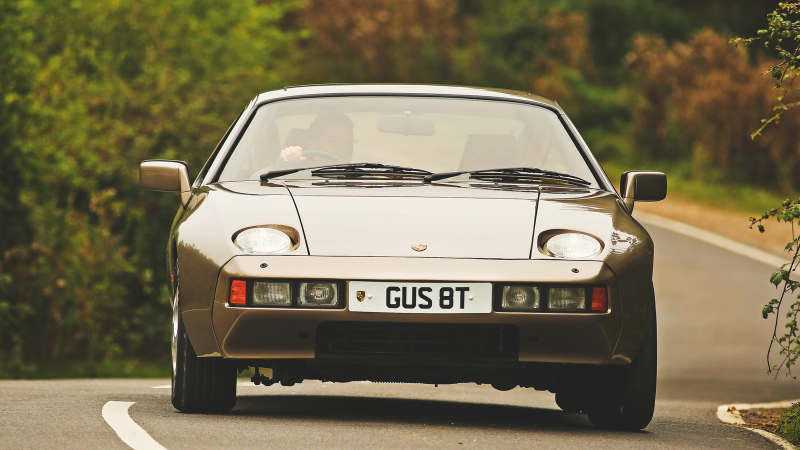 © Tony Baker/Classic & Sports Car
© Tony Baker/Classic & Sports Car -
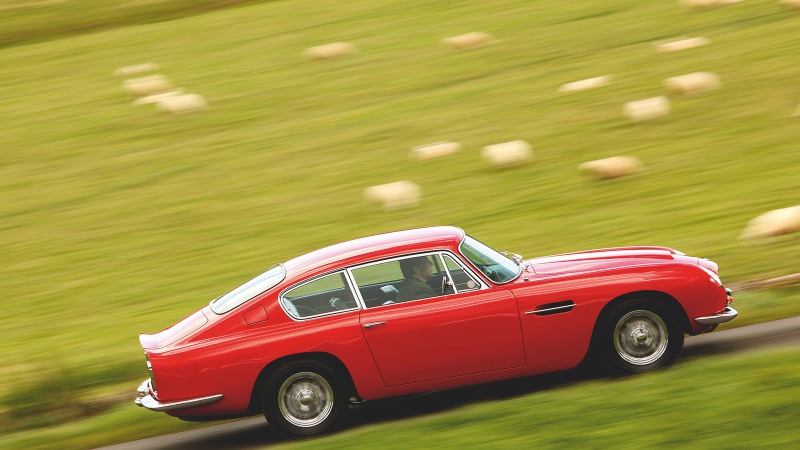 © Tony Baker/Classic & Sports Car
© Tony Baker/Classic & Sports Car -
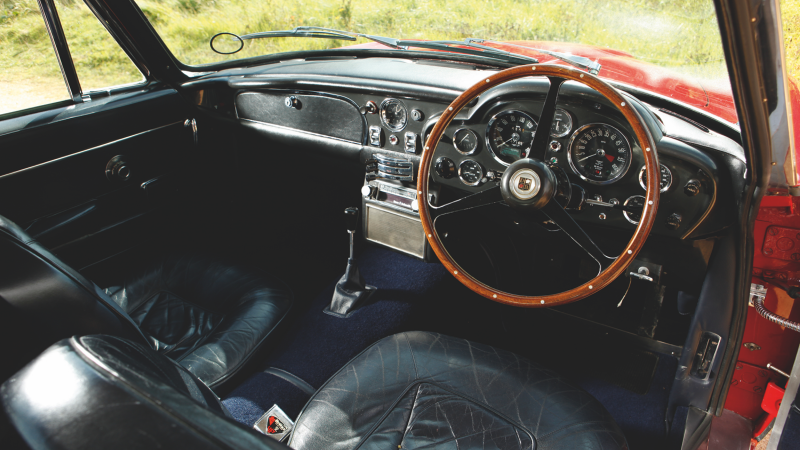 © Tony Baker/Classic & Sports Car
© Tony Baker/Classic & Sports Car -
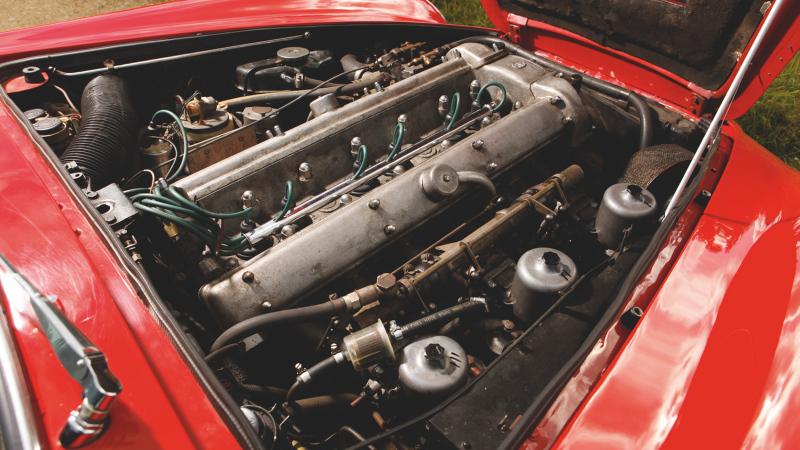 © Tony Baker/Classic & Sports Car
© Tony Baker/Classic & Sports Car -
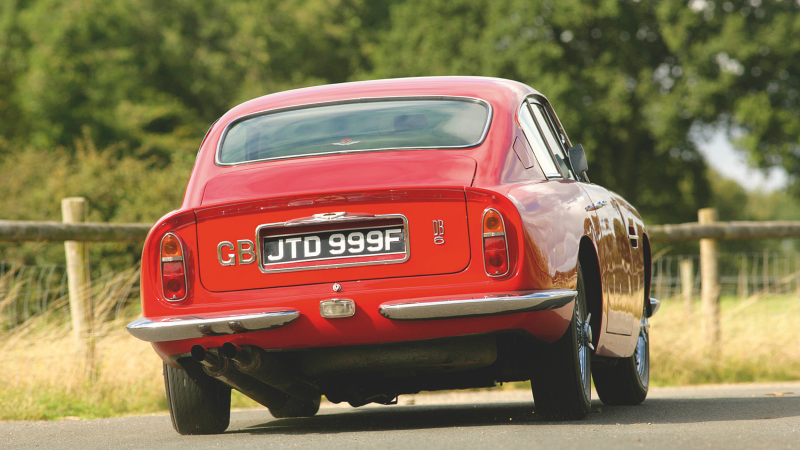 © Tony Baker/Classic & Sports Car
© Tony Baker/Classic & Sports Car -
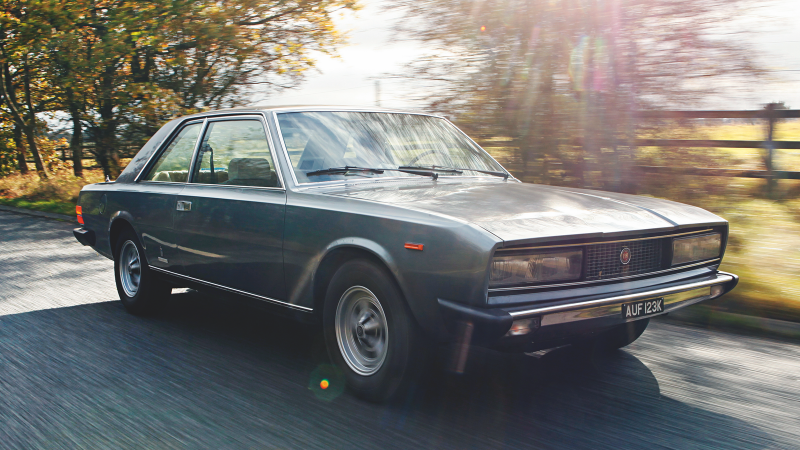 © Tony Baker/Classic & Sports Car
© Tony Baker/Classic & Sports Car -
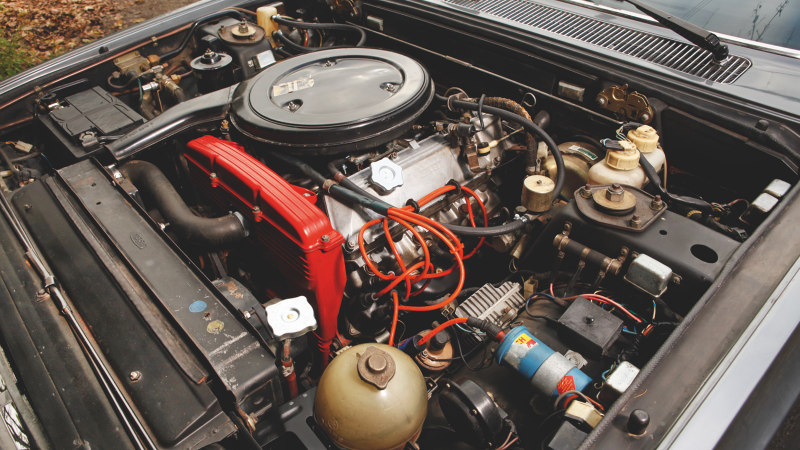 © Tony Baker/Classic & Sports Car
© Tony Baker/Classic & Sports Car -
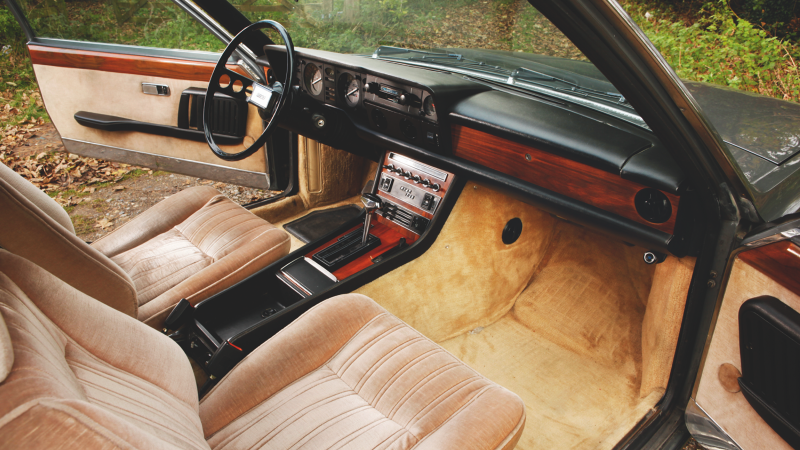 © Tony Baker/Classic & Sports Car
© Tony Baker/Classic & Sports Car -
 © Tony Baker/Classic & Sports Car
© Tony Baker/Classic & Sports Car -
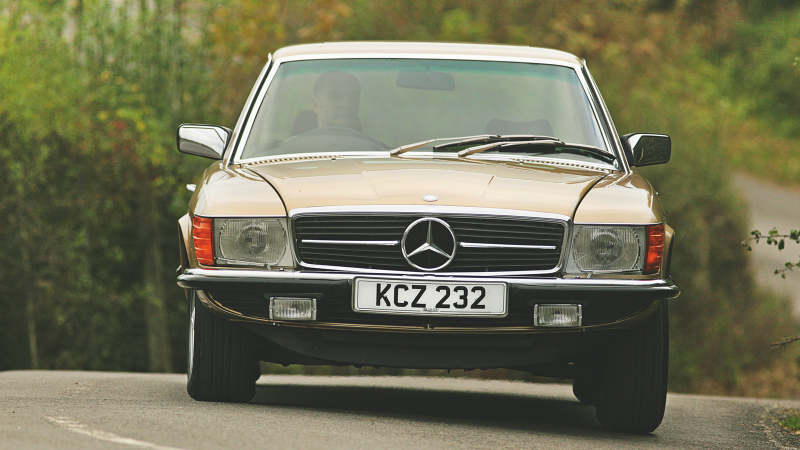 © Tony Baker/Classic & Sports Car
© Tony Baker/Classic & Sports Car -
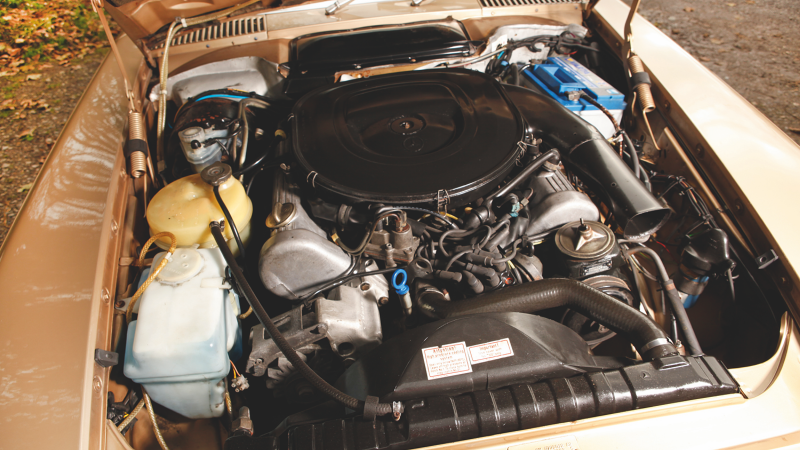 © Tony Baker/Classic & Sports Car
© Tony Baker/Classic & Sports Car -
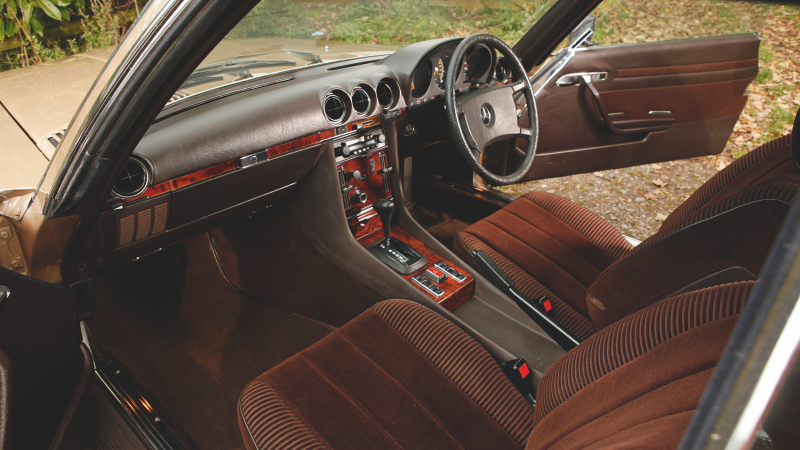 © Tony Baker/Classic & Sports Car
© Tony Baker/Classic & Sports Car -
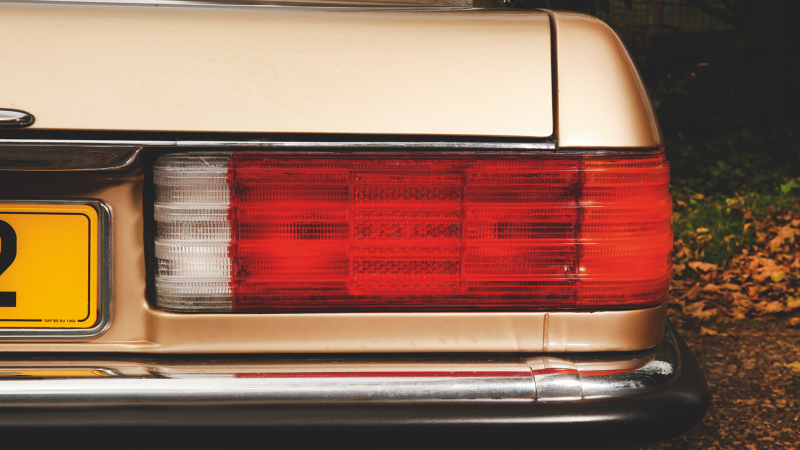 © Tony Baker/Classic & Sports Car
© Tony Baker/Classic & Sports Car -
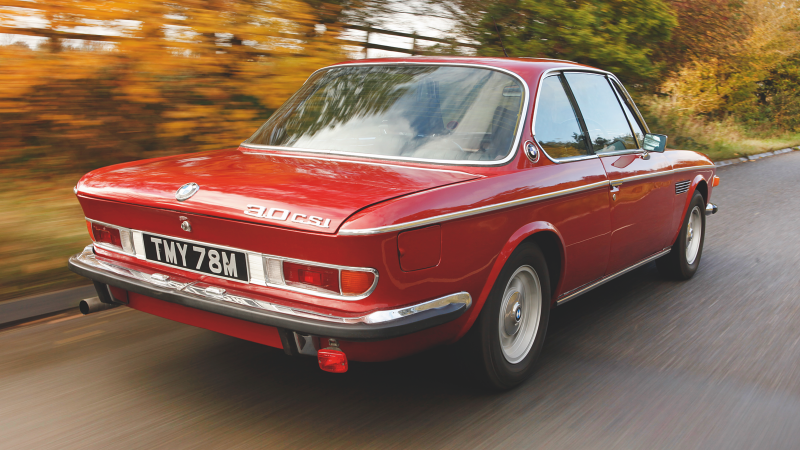 © Tony Baker/Classic & Sports Car
© Tony Baker/Classic & Sports Car -
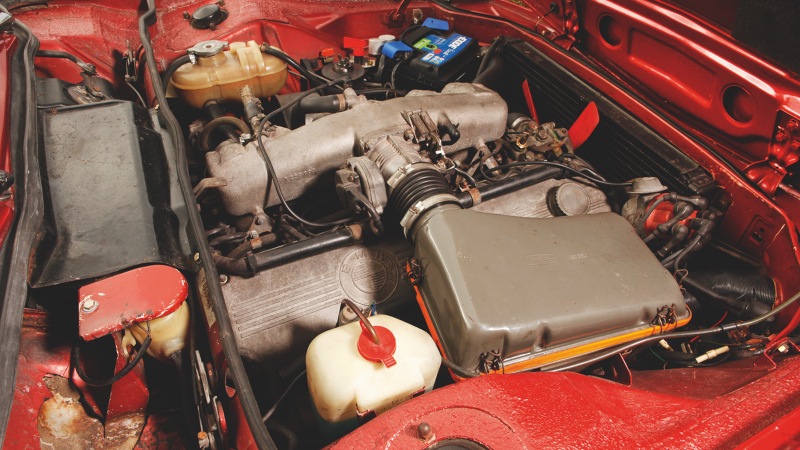 © Tony Baker/Classic & Sports Car
© Tony Baker/Classic & Sports Car -
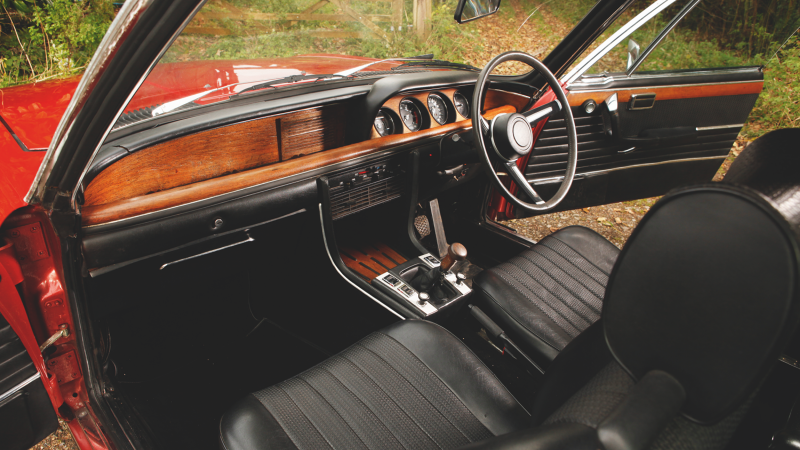 © Tony Baker/Classic & Sports Car
© Tony Baker/Classic & Sports Car -
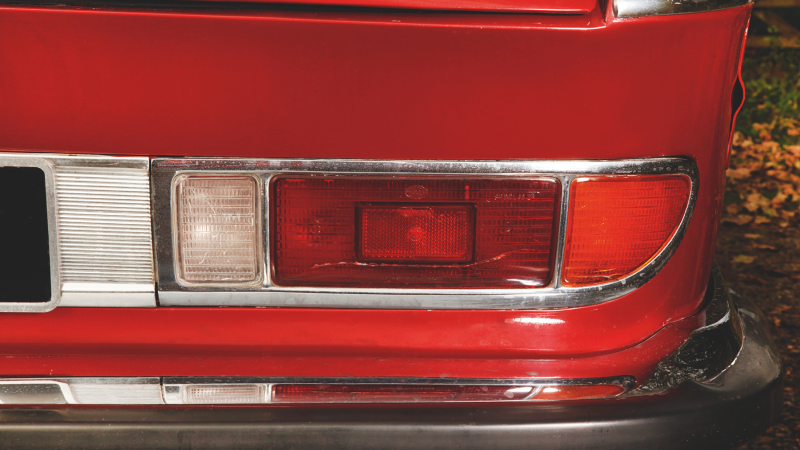 © Tony Baker/Classic & Sports Car
© Tony Baker/Classic & Sports Car -
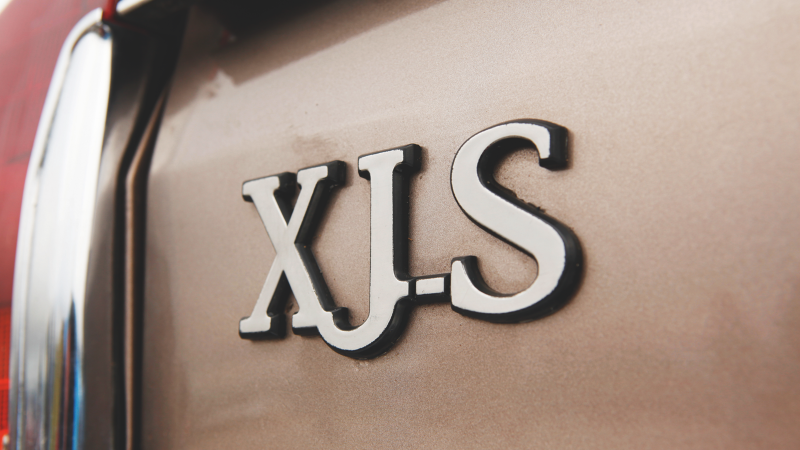 © Tony Baker/James Mann/Classic & Sports Car
© Tony Baker/James Mann/Classic & Sports Car
-
At the helm of the greatest 2+2 machines
Can’t choose between that fast two-seater coupé and the practical workhorse saloon? There’s no need to.
See, long ago, car manufacturers hit upon the idea of combining sports car performance with four-seater practicality – and so the mighty 2+2 GT was born.
OK, so the back beats were very often cramped and spacious enough only for luggage or small children, but the 2+2 represented a compromise without much, well, compromise.
What’s more, the breed delivered some true greats – from plucky V6 performers to cruising V12 brutes. We drove 14 of the best to try to pick a favourite.
-
Maserati Indy
Maserati’s early-’70s fastback was very much in the contemporary four-seater GT mould: hitting the scales at almost two tons, it could ferry four people at up to 150mph and in maximum comfort.
In fact, it was something of an Italian equivalent to the Rolls-Royce, particularly given its relative subtlety.
-
Maserati Indy (cont.)
It was – and remains – one of the most comfortable four-seaters. Its cabin might have been born of the ’60s, but spacious footwells, an adjustable wood-rim steering wheel and minor gauges thoughtfully angled towards the driver added to its introverted but luxurious appeal.
-
Maserati Indy (cont.)
As for the Indy’s power unit, it was all Maserati: in the engine bay lived a magnificent V8 with 290bhp at its disposal.
Its husky pick-up was everything you could have wished for from a family sports car, as was the sweet, smooth and sustained thrust it delivered.
-
Maserati Indy (cont.)
And, while that motor might have lost a few horses to its V12 rivals, its performance on the road never let you know about it.
The Indy’s chiselled jaw would slip through the air effortlessly, balanced handling only adding to what was arguably the perfect post-war Maserati GT package. A strong one will cost you upwards of £50k today.
-
Lamborghini Espada
Proving beyond doubt that a four-seat GT could turn heads just as well as any supercar, the exotic Espada arrived at Geneva in 1968.
Inspired by the Lamborghini Marzal concept car, it might have lost the show car’s gullwing doors, but it kept the four-seater setup and sweeping lines.
-
Lamborghini Espada (cont.)
Now, 50 years on, it still makes a statement like nothing else: wide and squat, in person the Espada isn’t as long as it initially appears – nor is it straightforwardly beautiful.
It’s striking, dramatic, and futuristic, yes, but the Espada is by no means conventionally good looking.
-
Lamborghini Espada (cont.)
The beauty of the engine, on the other hand, is in no doubt at all: that massive aluminium bonnet tips forward to reveal a gleaming 4-litre V12 good for 350bhp.
Paired with ZF power steering and a superbly engineered throttle linkage, the Espada was both powerful and usable. Some people even towed caravans with them.
-
Lamborghini Espada (cont.)
The best news? They’re not as troublesome today as you might have been led to believe. Properly maintained and run, they’re almost bulletproof – bar the standard rust and electrical issues.
Prices can vary wildly depending on condition and Series, especially given that only 25 or so are still believed to be on UK roads. You’ll be looking at upwards of £60k for any model, with a top end in excess of £180,000.
-
Ferrari 365GT4 2+2
Ferrari’s 365GT4 2+2 (4.4 litres, four camshafts and four seats) was probably the most thoroughly sorted V12 Ferrari in terms of refinement and finish when it launched in 1972 – as well as the roomiest and, at a claimed 160mph, among the fastest.
-
Ferrari 365GT4 2+2 (cont.)
Italian design house Pininfarina clothed it in a conservatively chisel-edged shape that cleverly disguised a wheelbase 2in longer than that of the Espada – though there were plenty who thought its sober lines were a disappointment.
Still, there’s an elegance to the whole package, even if it’s only the silky timbre of its exhaust note that really turns heads.
-
Ferrari 365GT4 2+2 (cont.)
While the Ferrari’s 0-60mph in 6.6 seconds and 120mph in 21 are not going to set anyone’s trousers alight today, remember that this was not a footballer’s toy but rather a sophisticated GT that delivered the goods with turbine smoothness from 2000-7000rpm.
You can break the law in second gear and get yourself banned in third – still with two gears to go.
-
Ferrari 365GT4 2+2 (cont.)
What’s more, the 365 has great vision all round, rides with light-footed aplomb and takes confident command of any cornering situation you are likely to encounter.
It’s compelling, flattering and generous to drive fast – which only makes the fact that it’s a four-seater even more appealing, even if prices climbing past £50k (and up to £80k) don’t.
-
Jaguar E-type Series 3
Evolving safety regulations didn’t suit the original E-type’s shape – the one that stopped the show in Geneva – and by the late ’60s the XK’s legendary ‘six’ had been massaged for all it was worth.
The solution? Stick an all new 5.3-litre V12 (inspired by the XJ13 Le Mans machine that never was) into a rebodied E-type. The result? A 272bhp four-seater for the ages.
-
Jaguar E-type Series 3 (cont.)
Stylistically, the Series 3 E-type (as the V12 became known) was like the original Malcolm Sayers design on steroids. The wheelarches were flared to cope with wider rubber and the nose was revised to meet the V12’s cooling demands.
Oh, and there was more chrome, too, with a chip-cutter grille in place of the Series 2’s gaping mouth.
-
Jaguar E-type Series 3 (cont.)
Under that new metal, the new E-type enjoyed a first for the marque: power-assisted steering, a necessary evil to allow owners to cope with the car’s 3361lb kerbweight.
On the road, though, it was all about engine dynamics. The E-type’s V12 motor was so smooth it seemed almost remote, but the colossal torque soon reminded you it was there with instant surges of acceleration.
-
Jaguar E-type Series 3 (cont.)
Quick off the line, if you floored the Jag all the way into third it would deliver astonishing pace. Combined with the view down that gorgeously long bonnet, it’s the perfect machine for sophisticated urban use.
Naturally, as with all E-types today, prices are climbing – though a roadster will cost you more. A sorted Series 3 in 2+2 guise starts at £30k, continuing past £60k commensurate with condition.
-
Monteverdi High Speed 375L
Peter Monteverdi’s big-block Chrysler-engined GT cars were the natural successors to Facel Vega and have a similar mythology around them – largely based on sheer scarcity.
Nobody really knows how many were built between 1967 and ’76, which adds to the mystique. Even today, getting reliable production figures out of the secretive museum – located on the site of the former factory in Basel – is notoriously difficult.
-
Monteverdi High Speed 375L (cont.)
Restored examples can command an eye-watering £235,000 today, making the 375L one of the most valuable Euro-American cars of its era – but then it is as spectacularly elegant as it is deliciously rare.
Monteverdi had a great eye for proportion: the production 375L was, if anything, better looking than the 1968 Frua version, with a simple, clean roofline and a pert notchback rear-end.
-
Monteverdi High Speed 375L (cont.)
It was also, without question, a chariot of the gods – shark-nosed and slim-hipped, with a svelte swagger and an exclusivity that was unmatched among its peers.
It accelerated off the line with just the right sort of brutish-yet-cultivated throatiness you’d expect from a car that looked like it did, while its bold quad-headlight front end filled a mirror like almost nothing else.
-
Monteverdi High Speed 375L (cont.)
Things were less sorted in the cabin, with a terrible driving position and less attention to detail than its Italian contemporaries – but there was still an impression of airiness inside.
With performance you didn’t have to work hard for, the 375L would happily float along serenely at three-figure speeds. It was no Ferrari but it was – and is – a truly intriguing 2+2.
-
Maserati Mexico
In the rarefied world of high-end Grand Touring cars, the Maserati Mexico was a comparable success, with 485 examples sold between 1966 and 1972.
A sober two-door, four-seater with a quietly elegant Vignale-styled body, it was available with a 4.2-litre or 4.7-litre V8, and the choice of a five-speed ZF or Borg Warner automatic gearbox.
-
Maserati Mexico (cont.)
Handsome and well proportioned on its Borrani wire wheels, the Mexico wore the jewellery of its slim bumpers and chrome sill finishers so lightly that you hardly noticed the clumsy rear lights and awkwardly squared-off rear arches.
Inside, it came with air-conditioning, tinted glass and electric windows as standard, marking it out as a true luxury offering.
-
Maserati Mexico (cont.)
The manual gearbox made the best of the engine’s sweet spot, allowing the Mexico to punch forward with a huskily refined sound of humming cam chains and whooping Weber carburettors unique to this most cultivated of V8s.
It would shoot to 5000rpm if required, but 4500rpm was enough to get you to an easy 100mph.
-
Maserati Mexico (cont.)
The likeable Mexico was a gentlemanly machine – special enough to be covetable and fast enough to be fun, but not so finicky that you couldn’t live with it.
At £135,000 today, a pristine one is no bargain and many might find it too subtle a machine to spend that kind of money on. Then again, you’ll probably be the only one of your friends ferrying your family around in one.
-
Triumph Stag
The Triumph Stag became infamous for its reliability problems when new, due to overheating issues with its 3-litre powerplant – yet another of many promising British Leyland cars that turned sour in the transition from motor-show pin-up to driveway reality.
Today, though, that’s largely history thanks to the efforts of Stag enthusiasts.
-
Triumph Stag (cont.)
With Italian DNA in its styling, the Triumph was a fresh and desirable 2+2 in the early ’70s – particularly with its soft top and optional hard top.
Sure, the driving position was odd, with an upright steering column and drastically offset pedals, but the roofless Stag supplied its driver and all those around it with a deliciously rich, burbling score.
-
Triumph Stag (cont.)
The 3-litre V8 motor would experience a definite moment of glory at around 3-3500rpm, before building to produce peak power (145bhp) at a lofty 5500rpm.
Top speed was a respectable 118mph while the 0-60 drag was dispatched in less than 10 seconds.
-
Triumph Stag (cont.)
It might not hold a candle to the luxury offerings out of Maranello, but the Stag was a very British GT that could ferry four at pace – and looked good doing it.
The best news? It remains a bargain 2+2, starting at £8k and rising to £20k for examples in excellent condition.
-
Jaguar XJ-S 5.3 HE
Another four-seater British GT, the XJ-S has historically suffered in comparison with the car that preceded it: the immortal E-type.
The styling was slated by armchair enthusiasts and professionals alike, as was the average build quality, worse reliability and hellacious thirst.
-
Jaguar XJ-S 5.3 HE (cont.)
Thing is, the XJ-S outlived its natural lifespan several times over – and got better with age: its 285bhp fuel-injected V12 received a new cylinder head for the HE (‘high efficiency’) model in ’81, giving the XJ-derived motor greater refinement – alongside improvements to the suspension and ratios.
-
Jaguar XJ-S 5.3 HE (cont.)
The interior was also given a makeover, with all-leather trim and timber where previously there had been none.
Launched in May 1981, this new strain won over the press and public alike to the point that, in 1982, production was double that of the previous year. Jaguar had rediscovered its mojo.
-
Jaguar XJ-S 5.3 HE (cont.)
Various revisions and new models followed – notably, a 3.6-litre straight-six version and a cabriolet, before its transformation into the XJS in ’91 – but the V12 XJ-S HE remains a consummate tourer, consuming asphalt rapidly and comfortably.
There are some definite bargains around (think £5k), though you’ll need to do some research to check that they’re sound.
-
Ferrari 330GT 2+2
The idea of providing four seats in a sports car truly came of age in the mid-’60s, as designers became more willing to manage the necessary packaging compromises intelligently.
It might not have been the prettiest Ferrari of all time, but the 330GT did exactly that, delivering 300bhp performance for four.
-
Ferrari 330GT 2+2 (cont.)
Sure, it wasn’t as classically beautiful as other Maranello machines of the era, but with a wide grill and four headlamps at the nose it certainly had a powerful presence.
Inside, the driving position was compromised to make room for the rear seats, but the sculpted bench in the back meant you could at least remain reasonably comfortable on a long journey.
-
Ferrari 330GT 2+2 (cont.)
It was always a clumsy car in traffic – with heavy steering, little lock and a choppy ride – but this fast four-seater came to life when striding out on faster roads.
Superb torque and well-chosen ratios gave the Ferrari a sense of momentum that can still squirt you past a whole line of day-trippers today, while all understeer was swept away at pace.
-
Ferrari 330GT 2+2 (cont.)
A relaxed cruiser at 100mph, there was every indication the 330 would keep accelerating with vigour to something like the advertised 150mph.
Impressively urgent rather than outright awesome, the 330GT might not be the most rounded package – nor the most subtle – but there’s no denying the allure of that V12 motor, even if it'll set you back more than £175k now.
-
Porsche 928
When Porsche launched the 928 in 1977, purists were already up in arms at the prospect of something front-engined wearing the famous badge, let alone something with a water-cooled powerplant – not helped by the launch of the 924 two years before it.
Almost as controversial was the styling: penned by Porsche’s head of design, Anatole Lapine, it broke with tradition to deliver a contemporary, bullet-like shape.
-
Porsche 928 (cont.)
As a clean-sheet machine, the 928 benefited from sophisticated, modern engineering with few of the compromises inherent in the 911’s design.
The all-aluminium 4.5-litre V8 engine, for example, was the first to be planned with Bosch’s K-Jetronic fuel-injection system specifically in mind, while the bodyshell featured swathes of aluminium and deformable panels.
-
Porsche 928 (cont.)
Regarded in the ’70s as imposing and bulky, the 928 now seems remarkably compact among modern traffic and has aged very well – even if that divisive checker-cloth pattern still dominates the cabin.
The driving position is good, the controls are intelligently arranged, the seats are excellent and the all-round build quality is impeccable.
-
Porsche 928 (cont.)
On the road, there is nothing lightweight about this all-rounder. At low speed it’s almost lazy, quite content to potter around; stretch its legs, though, and the Porsche reveals its most attractive trait: covering long distances at high speed and in supreme comfort.
Its biggest problem was always that the 911 was still around. Lumped in with the 924 and 944, depreciation was rapid.
While prices have begun to climb, they’re still way off 911 numbers – meaning you can pick up this ultimate Porsche GT for as little as £10k today.
-
Aston Martin DB6
Aston Martin’s aim with the alloy-bodied DB6 – launched at Earls Court in 1965 – was to offer true rear seats in a car only 2in longer than a DB5.
That meant it was very much evolution over revolution, with the same mechanical mix as before: a 4-litre all-alloy straight-six engine good for 325bhp in carburettored guise.
-
Aston Martin DB6 (cont.)
Its familiarity meant the Aston generated less excitement than its rarefied Italian contemporaries, but it was still a handsome machine – Kamm tail and all.
Similarly, its cabin was neatly finished and well-detailed, essentially unchanged from the DB4. Glorious dark leather and smart chrome gave it an almost military sense of purpose, with a charming view down the shapely nose.
-
Aston Martin DB6 (cont.)
Burbling provocatively at tickover, the DB6’s motor had a smooth growl under load and could be both cheerfully flexible or assertive on command, boosting you to 70mph in second gear.
Indeed, the DB6 was at its best on open, sweeping bends, where it was a pleasure to steer the neutral-handling machine with its 16in wood-rimmed wheel.
-
Aston Martin DB6 (cont.)
A friendly, practical GT that was easy to drive whether you wanted to go fast or slow, the DB6 remains one of the most complete 2+2 sports cars.
Fast, beautifully understated and generally reliable, it was a true four-seat all-rounder – and you’ll pay a fair whack for one today. Think upwards of £160,000.
-
Fiat 130 Coupé
With rarity and sheer beauty on its side, the Fiat 130 was a cool and chisel-edged coupé with a perfect ratio of glass to metal, descended from a line of elegant Pininfarina machines.
It was a majestic thing in the way of an ocean liner and it’s still large enough today to carry a certain authority when surrounded by hideously bloated modern cars.
-
Fiat 130 Coupé (cont.)
Also in the Fiat’s favour was a superbly crafted interior. Rich, tasteful and truly spacious (even in the rear), it was almost regal in its air of luxury, shutting occupants off from the outside world with a riot of velour and wood.
It also benefitted from several novel features, including vertical adjustment of the front seats, town and country horns and rear sun blinds.
-
Fiat 130 Coupé (cont.)
On the road today, it feels substantial. In effect, it’s a kind of Italian Rolls-Royce Corniche: elegant, inconspicuously brisk and easy to control.
Its V6 engine – unique to the 130 – will rev freely but was really designed to give smooth, low-down torque, which, in combination with the automatic gearbox and low overall gearing, sees it waft effortlessly off the mark with an imperious snarl from its dual tailpipes.
-
Fiat 130 Coupé (cont.)
It will cruise happily enough at the ton, but won’t go much higher – though it was never about that: what impresses most about the Fiat is the grace of its overall manners, the weighty feel of the power steering and the way this substantial machine swoops and flows through fast corners in such a stable and unflustered fashion.
If you can find one in good condition, you’ll likely have yourself a bargain: prices start at less than £10k today.
-
Mercedes 450SLC
Far more common than much of its present company, the 450SLC is bullish, sensible and just a little bit ordinary – and yet it remains one of the finest four-seaters with GT performance.
Equipped with a 4.5-litre fuel-injected V8 good for 225bhp, it could hit 60mph in 8.5 seconds and continue all the way on to 136mph.
-
Mercedes 450SLC (cont.)
Yes, it’s another big, fast, quiet and robustly styled Mercedes, but it’s also an extremely vigorous and capable car.
There’s plenty of urge – in a lazy, transatlantic way – and the motor is free-revving, smooth and well-matched with the versatile three-speed automatic gearbox.
-
Mercedes 450SLC (cont.)
It’s not an unruly muscle car but it’s also not short on performance. And, much like a muscle car, its roadholding proves amusingly skittish in the wet, though always easy to hold in a slide.
In the dry? The 450SLC is never anything less than a forgiving, progressive and totally safe four-seater.
-
Mercedes 450SLC (cont.)
Not the prettiest, not the fastest nor even the most refined, the 450SLC is the four-seater of choice if you’re wearing your sensible hat: as a way of covering ground effortlessly and reliably, it’s almost unmatched.
Hideously expensive at launch – it cost £14,750 in 1977, around £88k in today’s money – good examples today will set you back a trifling £7000.
-
BMW 3.0 CSi
On balance, the BMW 3.0 CSi was the little bear of the German marque’s E9 coupés of the late ’60s and early ’70s: just right.
With manual gears and 200bhp at its disposal, it had the same mechanical spec as the lightweight variant with barely any extra heft. As a result, it could hit 139mph with its 3-litre fuel-injected straight-six.
-
BMW 3.0 CSi (cont.)
What’s more, its muscular lines were free from the boy-racer stripes and wheelarch extensions of the CSL, its aggressive snout and tightly tucked-in steel bumpers giving it a hand-finished feel.
That sense continued inside, with a dashboard formed by a sweep of Germanic wood, hefty front seats and extensive use of chrome to make the coupé buyer think that the price premium over the 3.0 Si saloon was justified.
-
BMW 3.0 CSi (cont.)
A generous 2+2 rather than a full four-seater, the BMW always felt compact and aggressive and it was a pretty physical machine, with the sweet, throaty timbre of its engine and the need to keep things shifting.
The engine would pull hard to 6000rpm – with wheelspin in third if you wanted it – or just loiter around in the high gears. Third gear could take it from 10 to 100mph.
-
BMW 3.0 CSi (cont.)
Power steering wasn’t super sharp, but it had enough weight to give you confidence in sweeping corners – though lusty torque gave it a hooligan side in tighter bends.
Part brawn masculinity, part svelte femininity, it’s much less remote than many family GTs out there – and it remains firmly in bargain territory, with prices starting at £12-15k today.
-
Which is best?
Trying to decide which of these GTs is the top dog is an impossible task. Does one judge on budget? Performance? Economy? Reliability? There’s just too much that’s subjective for us to be able to make an objective choice.
That said, if a good 2+2 GT should be able to carry four people (almost) comfortably, fast and far, without complaint – and without breaking the bank today – then we’d go for the Jaguar XJ-S. Or perhaps the Beemer. Or maybe the Merc…
